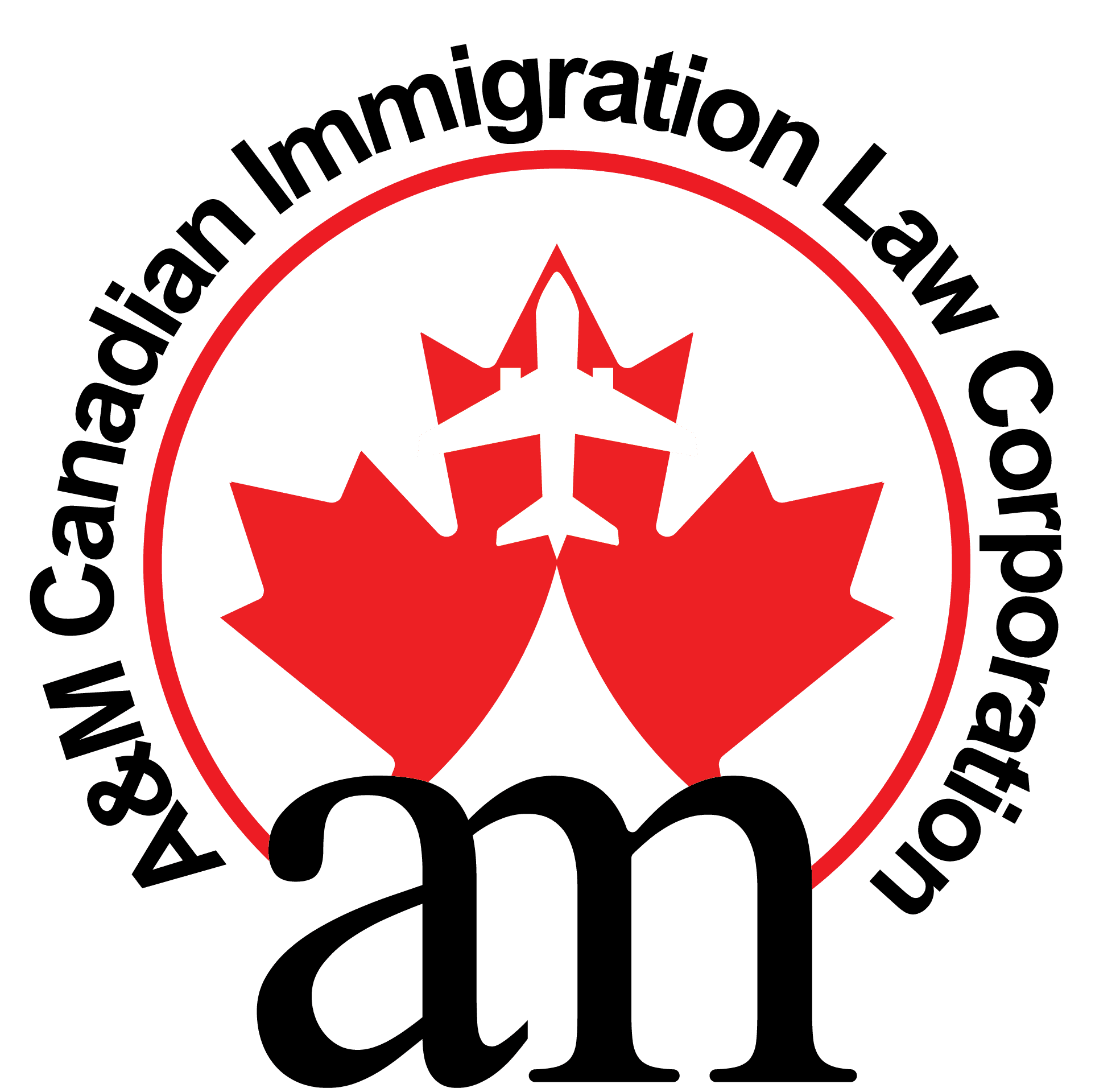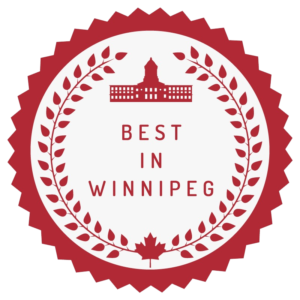Protected Persons in Canada (Inland Refugee Claimants)
A&M Canadian Immigration Law Corporation
Protected Persons in Canada (Inland Refugee Claimants)
Canada’s refugee protection system has two main paths: resettlement from abroad (Government-Assisted Refugees and Privately Sponsored Refugees) and protection for people who make a claim from within Canada. These individuals are referred to as Protected Persons (inland refugee claimants). If successful, they gain the right to remain in Canada because returning to their home country would expose them to persecution, torture, or risk to life.
This category ensures Canada meets its obligations under the 1951 UN Refugee Convention and the Immigration and Refugee Protection Act (IRPA) by protecting those who are already inside Canada’s borders when they seek asylum.
Who is a Protected Person?
A Protected Person is someone who:
- Made a refugee claim from inside Canada.
- Had their claim accepted by the Immigration and Refugee Board of Canada (IRB) – Refugee Protection Division (RPD).
- Was found to be either:
- A Convention Refugee: someone with a well-founded fear of persecution in their home country based on race, religion, nationality, political opinion, or membership in a particular social group.
- A Person in Need of Protection: someone facing risk of torture, risk to life, or risk of cruel and unusual treatment/punishment if returned home.
Making a Refugee Claim Inside Canada
- Eligibility Screening:
- A claim can be made at a port of entry (airport, land border) or at an IRCC/CBSA office inside Canada.
- Officers first decide if the claim is eligible. Ineligible claims include people who already received protection in another country, those with prior refusals, or individuals inadmissible on security or serious criminal grounds.
- Referral to the IRB:
- If eligible, the case is sent to the Refugee Protection Division (RPD) of the IRB.
- Claimants receive a hearing date, usually within months, to present evidence.
- Decision by the IRB:
- If accepted, the person becomes a Protected Person.
- If refused, they may appeal to the Refugee Appeal Division (RAD) (if eligible) or seek Judicial Review at the Federal Court.
Rights of Protected Persons
Once recognized, Protected Persons:
- Cannot be returned to their country of persecution (principle of non-refoulement).
- Can apply for permanent residence through the Protected Persons and Convention Refugees pathway.
- May include their spouse, common-law partner, and dependent children (in Canada or abroad) in their permanent residence application.
- Have access to most Canadian social benefits, including healthcare (Interim Federal Health Program) while awaiting PR status.
Limitations and Risks
- Protected Person status can be revoked if it is later found to be obtained by misrepresentation, or if conditions in the home country change significantly.
- Travel back to the home country of persecution can jeopardize status.
- Applicants must maintain truthful disclosure throughout the process.
Frequently Asked Questions
Yes. Eligible claimants may apply for a work permit and access certain educational programs while their claim is being processed.
It varies. The IRB aims to process most claims within 12–24 months, but delays can occur depending on case complexity and country conditions.
Yes. Once you are accepted as a Protected Person, you may apply for permanent residence and include eligible family members abroad under the One-Year Window (OYW) program.
You may appeal to the Refugee Appeal Division (if eligible) or apply for a Judicial Review at Federal Court. In some cases, you may also apply for Humanitarian and Compassionate (H&C) consideration.
Protected Persons (inland refugee claimants) represent Canada’s commitment to safeguarding individuals already within its borders from danger. While the process involves strict screening and evidence-based hearings before the IRB, successful claimants gain protection, rights, and eventually the chance to become permanent residents.
This pathway is a vital safeguard in Canada’s immigration and refugee protection framework, ensuring that those fleeing persecution or danger are given a fair hearing and a chance to rebuild their lives in safety.






